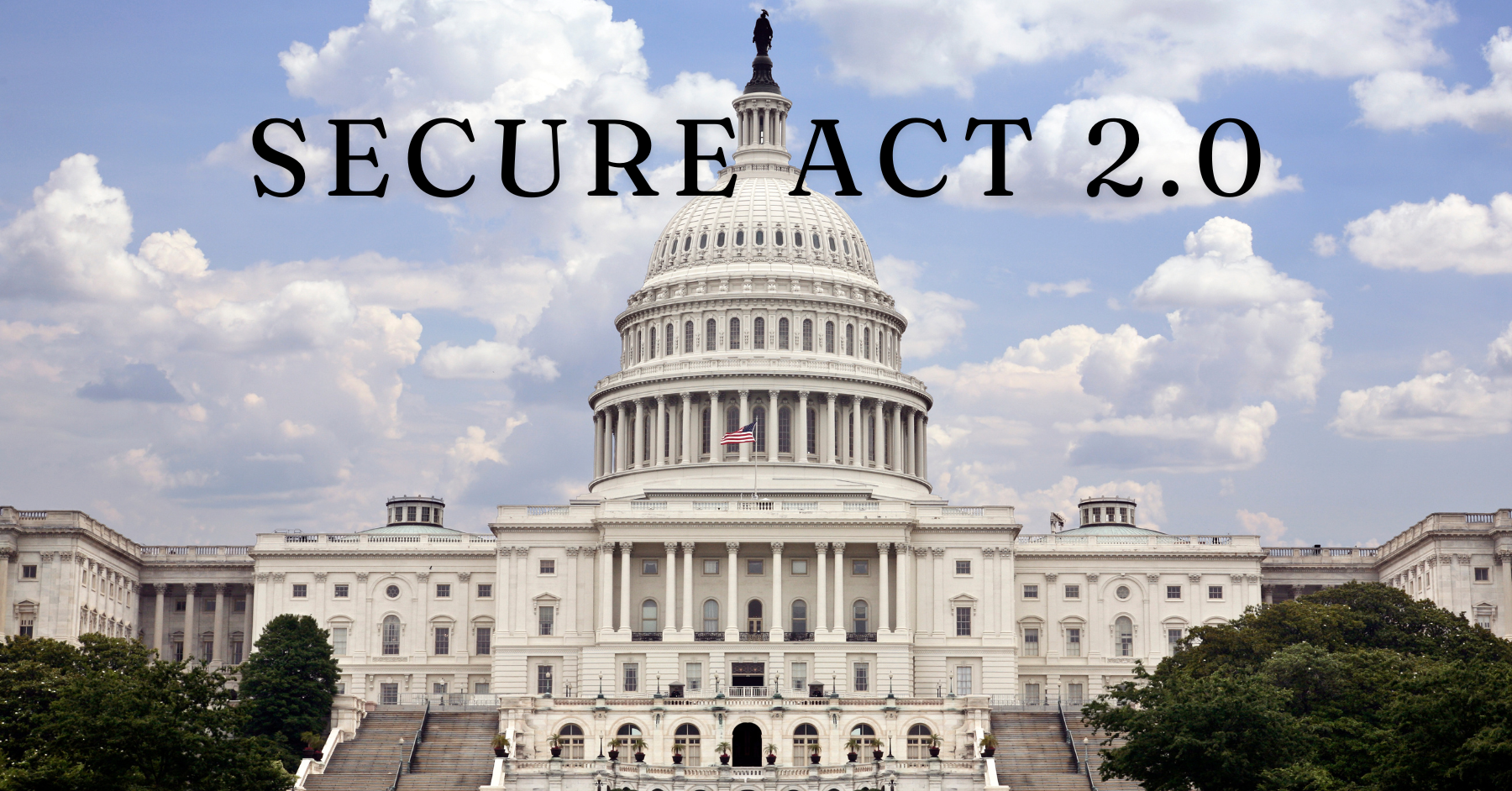What SECURE 2.0 Means for Your Retirement Plans
Retirement planning is always changing, and the SECURE 2.0 Act is the latest update. Whether you’re nearing retirement or just starting, understanding these new rules is key to securing your financial future.
Let’s break down the main changes, explain their impact on retirement strategies, and offer practical tips to help you navigate these updates.
SECURE Act 2.0
How Will the New RMD Rules Affect Your Retirement?
The SECURE 2.0 Act has introduced significant changes to the rules surrounding Required Minimum Distributions (RMDs), and understanding these changes is crucial for your retirement planning. In the past, retirees were required to start taking RMDs as early as 70 and 1/2, meaning they had to begin withdrawing a portion of their retirement savings each year and pay taxes on those withdrawals. However, those rules have changed so that the age you must take your RMD is based upon your year of birth:
Born before July 1, 1949: 70 and ½
Born on or after July 1, 194 but before January 1, 1951: 72
Born in 1951 through 1959: 73
Born after 1959: 75
These changes offer a more flexible timeline, but they also come with important considerations that could impact your retirement strategy.
Start Your Free Retirement Plan
What This Means for You:
More Time to Grow Your Savings: By delaying the age at which you must start taking RMDs, you gain extra years for your investments to grow tax-deferred. This additional time could significantly enhance the size of your retirement nest egg, especially if your investments perform well.
Strategic Withdrawals: The option to delay RMDs might seem like an advantage, but it’s important to consider the potential tax implications. If you delay too long, you may find yourself needing to take larger withdrawals in a shorter time frame, which could push you into a higher tax bracket and increase your tax burden.
Roth Accounts Exemption: Starting in 2024, Roth accounts in employer-sponsored plans will be exempt from RMDs, which means you won’t be forced to take withdrawals from these accounts at all. This change simplifies planning for those who hold a mix of traditional and Roth accounts, allowing you to focus withdrawals on taxable accounts first.
Actionable Tip:
To make the most of these changes, work closely with a financial advisor to reassess your RMD strategy. This is especially important if you’re approaching the new RMD age or if you have a mix of traditional and Roth accounts. A well-planned withdrawal strategy can help you minimize taxes and maximize your retirement savings. Consider adjusting your withdrawal plans now to avoid a larger tax hit later and to ensure that your retirement funds are working as efficiently as possible for you.
Roth Accounts: Your New Best Friend
Roth accounts have long been a favored tool for retirement savings, offering the unique advantage of tax-free growth and tax-free withdrawals in retirement. Starting in 2024, Roth accounts in employer-sponsored retirement plans, like Roth 401(k)s, will become even more attractive thanks to a key change introduced by the SECURE 2.0 Act: they will be exempt from Required Minimum Distributions (RMDs).
Previously, if you wanted to avoid taking RMDs from a Roth 401(k), you had to roll the funds over into a Roth IRA, which does not have RMD requirements. This added an extra step and some complexity to retirement planning. While there are still many reasons to consider rolling funds to a Roth IRA (e.g. investment selection, ease of distributions, estate planning, etc.), this does allow you to keep your Roth 401(k) in your employer’s plan without the need to worry about RMDs.
What This Means for You:
Simplified Planning: With the RMD requirement lifted from Roth accounts in employer-sponsored plans, this eliminates the need to do an IRA rollover just to avoid RMDs.
Tax-Free Growth: If you elect to keep your Roth funds in your employer-sponsored plan, this change ensures that you are not being forced to withdraw funds you might prefer to leave in the retirement plan.
Flexibility in Withdrawals: Without the pressure of RMDs, you gain greater control over when and how you access your Roth funds should you elect to leave them in an employer-sponsored retirement plan. This flexibility can be particularly beneficial if you’re aiming to leave a legacy or simply want the option to withdraw funds only when you truly need them.
Actionable Tip:
If you currently have a Roth 401(k), this is a helpful change that gives you more flexibility that you may wish to take into account when considering whether to maintain your Roth funds in your employer’s plan rather than rolling it over into a Roth IRA. Consulting with a financial advisor can help you navigate these decisions and ensure you’re maximizing the benefits of your Roth accounts under the new rules.
Catch-Up Contributions: Are You Ready for the Changes?
Catch-up contributions have long been a valuable tool for older workers looking to boost their retirement savings as they approach retirement. These additional contributions allow those nearing retirement to make up for any lost time in their earlier years of saving. With the SECURE 2.0 Act, the landscape for catch-up contributions is set to change, offering both new opportunities and new requirements.
Starting in 2025, if your retirement plan allows it, individuals aged 60 through 63 will be able to contribute up to $10,000 (or, if larger, 150% of the 2024 catch-up contribution limit (index) annually in catch-up contributions to their retirement accounts. This is a significant increase from the current limits, providing a great opportunity for those in this age bracket to accelerate their retirement savings. However, there’s a crucial detail to note: if your income exceeds $145,000, these catch-up contributions must be made to a Roth account, meaning they will be made with after-tax dollars.
Start Your Free Retirement Plan
What This Means for You:
Higher Savings Potential: For those in their early 60s, the increased catch-up contribution limit represents a fantastic opportunity to significantly bolster your retirement savings. This can be especially beneficial if you’re trying to maximize your retirement funds in the final years before retiring.
Roth Requirement: If your income is above $145,000, you’ll need to be aware that these catch-up contributions will need to go into a Roth account, which means contributing after-tax dollars. This shift could impact your current cash flow, as the contributions won’t reduce your taxable income in the year they’re made, unlike traditional pre-tax contributions.
Tax-Free Growth: While contributing to a Roth account requires after-tax dollars, the advantage is that your investments will grow tax-free, and withdrawals in retirement will also be tax-free if you satisfy relevant rules. This can be a smart move for high earners looking to minimize their tax burden in retirement.
Actionable Tip:
If you’re approaching age 60 and your income is likely to exceed $145,000, now is the time to start planning for how these changes will affect your savings strategy. Consider how the Roth requirement might impact your cash flow and overall retirement plan. It might be worth consulting with a financial advisor to explore your options, such as adjusting your contributions earlier or reallocating other resources to make the most of these new rules. Planning ahead will help ensure you’re making the most of the increased catch-up contributions without any surprises.
New Opportunities: Can You Benefit from Student Loan Matching and Emergency Savings?
The SECURE 2.0 Act isn’t just about changes to retirement savings for those nearing retirement; it also brings new opportunities that can benefit younger employees who are still paying off student loans or those who want to build an emergency savings fund. These provisions are designed to help you manage both immediate financial challenges and long-term retirement goals.
Starting in 2024, employers will have the option to match your student loan payments with contributions to your retirement account. This means that even if you’re focusing on paying down debt, you won’t miss out on the valuable employer match that would traditionally require you to contribute directly to your retirement plan. Additionally, the Act introduces a new feature: emergency savings accounts linked to your retirement plan. These accounts allow you to save up to $2,500 annually, with the first four withdrawals each year being tax- and penalty-free.
What This Means for You:
Dual Benefits: If you’re a younger employee juggling student loans and retirement savings, this new option can provide a powerful financial boost. You can reduce your student loan debt while simultaneously building your retirement savings, thanks to the employer match on your loan payments. It’s a win-win situation that helps you address both short-term and long-term financial goals.
Emergency Fund Flexibility: The new emergency savings account is another valuable tool. It offers the flexibility to save for unexpected expenses without dipping into your primary retirement savings. The ability to make tax- and penalty-free withdrawals from this account provides peace of mind, knowing that you have a financial cushion for emergencies.
Actionable Tip:
If your employer offers student loan matching or the emergency savings account option, take full advantage of these benefits. These provisions are designed to help you manage your financial priorities more effectively without sacrificing your retirement goals. Consider enrolling in these programs as soon as they become available, and adjust your budget to maximize the advantages they offer. By leveraging these opportunities, you can strengthen your overall financial security and stay on track toward a comfortable retirement.
Get Professional Help To Navigate SECURE 2.0.
With so many changes, it’s more important than ever to have a well-informed strategy for retirement planning. The SECURE 2.0 Act offers new opportunities, but it also introduces complexity that requires careful consideration.
Actionable Tip: Regularly consult with a financial advisor to ensure your retirement plan remains aligned with your goals and takes full advantage of the new regulations.
Bottom Line
The SECURE 2.0 Act represents a significant shift in retirement planning, with new rules that can either enhance or complicate your strategy. By understanding these changes and taking proactive steps, you can navigate this new landscape confidently and secure a comfortable retirement. Remember, the key to success is staying informed and seeking expert advice tailored to your unique situation.
Subscribe to the ONE Retirement Planning & Investing for expert tips, strategies, and insights delivered straight to your inbox. Don’t miss out—join our community of savvy retirement planners now!
Reference
Internal Revenue Service (IRS). (2024). Notice 2024-2: Questions and Answers on SECURE 2.0 Act Provisions. Retrieved from IRS website: https://www.irs.gov/irb/2024-02_IRB#NOT-2024-2
Internal Revenue Service (IRS). (2023). SECURE 2.0 Act Changes Affect How Businesses Complete Forms W-2. Retrieved from IRS website: https://www.irs.gov/newsroom/secure-2-point-0-act-changes-affect-how-businesses-complete-forms-w-2
Sonzogni, C. (2023). SECURE Act: What It Means, How It Works, Rationale. Retrieved from The CPA Journal website: https://www.cpajournal.com/2023/01/27/first-look-at-the-secure-2-0-act-of-2022/
PlanSponsor. (n.d.). How Do the SECURE 2.0 Age 60-63 Catch-Up Contributions Work? Retrieved from the PlanSponsor website: https://www.plansponsor.com/how-do-the-secure-2-0-age-60-63-catch-up-contributions-work/


